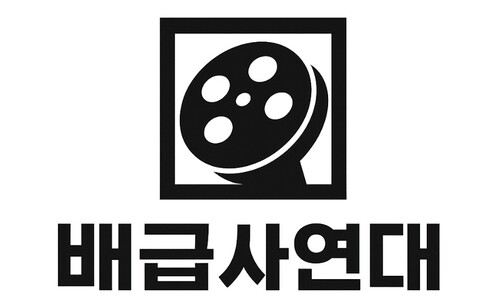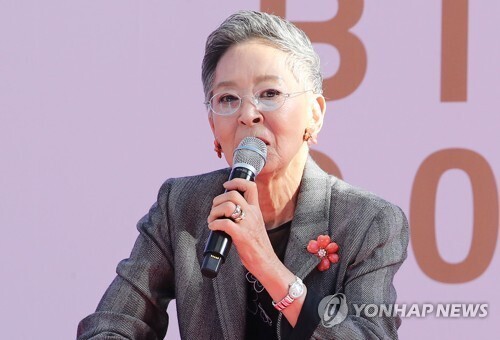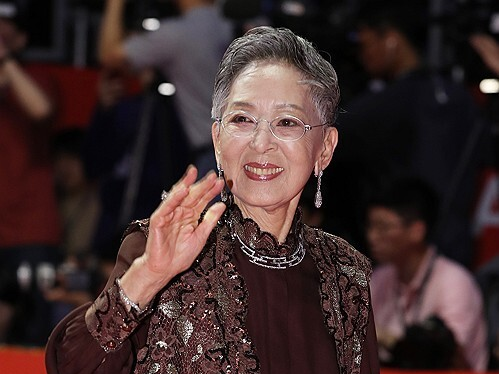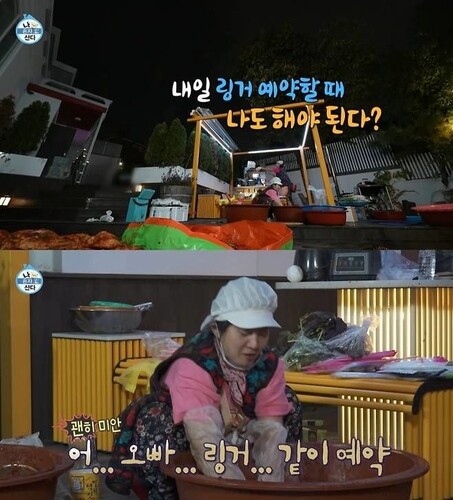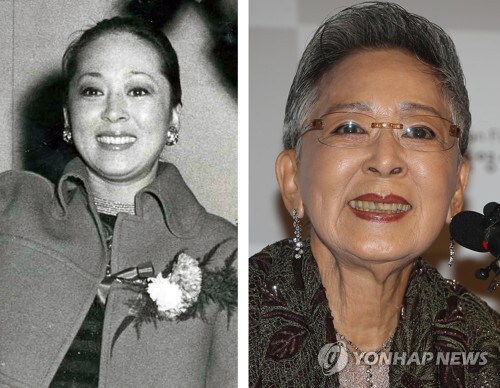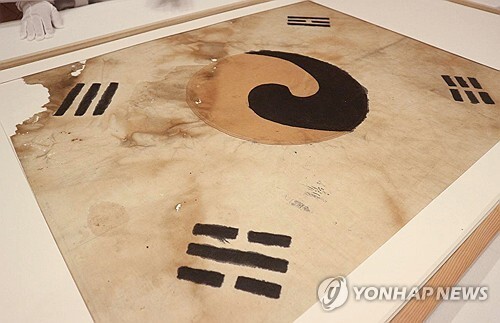 |
| ▲ This Yonhap file photo shows the State-designated Treasure "Seoul Jingwansa Taegeukgi" unveiled at Jingwansa Temple in Seoul in February this year. (Yonhap) |
SEOUL,
Aug. 11 (Yonhap) --
When unwrapped, it contained an old Taegeukgi (Korean national flag) and 19 newspapers. The upper left part of the flag appeared scorched, its colors faded and holes worn through in places, but the taegeuk symbol and the four trigrams remained vivid. This was the “Jingwansa Temple Taegeukgi,” made by painting over a Japanese flag with ink during the Japanese colonial period.
Marking the 80th anniversary of Korea’s liberation from Japan, the Korea Heritage Service (KHS) will open a special exhibition titled “Anti-Japanese Heritage Embracing the Light” at Deondeokjeon Hall in Deoksugung Palace, Seoul, from Aug. 12. The exhibition will feature more than 110 artifacts from the period spanning the opening of Korea’s ports, the Korean Empire, the Japanese colonial era and liberation.
A KHS official said, “This exhibition showcases the history of those who sought a bright future despite the darkness of Japanese colonial rule, through diverse anti-Japanese independence heritage.”
The display begins with relics reflecting Korea’s determination to defend its sovereignty despite repeated foreign invasions, including the suicide note of Min Yeong-hwan (1861–1905), written on the front and back of his business card after the Eulsa Treaty of 1905 stripped the Korean Empire of its diplomatic rights. Declaring, “Even in death, I do not die,” Min urged the recovery of freedom and independence.
Also on view for the first time are “Misaillok,” the diplomatic diary of Yi Beom-jin (1852–1911), who served as Korean minister to the United States, and documents detailing the determination to fight to the death by militia leaders, recently returned from Japan. These 13 documents from 1851 to 1909 reveal Japan’s suppression of local militias through arrests and seizure of correspondence.
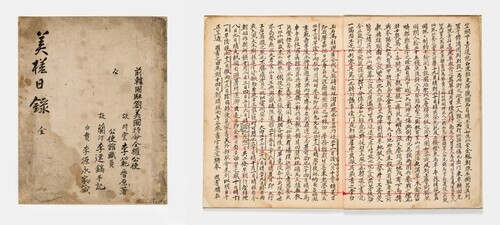 |
| ▲ This image provided by the Korea Heritage Service (KHS) shows the national registered cultural heritage "Misaillok." (PHOTO NOT FOR SALE) (Yonhap) |
The Jingwansa Taegeukgi, recently reproduced as a badge, will also be displayed. Normally kept out of public view for preservation, it is being exhibited this year to mark the liberation anniversary. The KHS described it as “the first Taegeukgi from the colonial period discovered at a Korean Buddhist temple, showing the Buddhist community’s leadership in the independence movement and strong anti-Japanese spirit.”
Two calligraphic works by independence activist Ahn Jung-geun (1879–1910) will be shown, including “Green Bamboo” (Nokjuk), recently repatriated from Japan, and “Il Tong Cheong Hwa Gong,” designated a Treasure in 2022.
 |
| ▲ This photo provided by Taein shows the calligraphy piece "Nokjuk (Green Bamboo)" by independence activist Ahn Jung-geun. (PHOTO NOT FOR SALE) (Yonhap) |
Other highlights include the draft of the Korean Provisional Government’s KHSrter of State Foundation by independence fighter and politician Cho So-ang (1887–1958); materials from Seo Young-hae (1902–?), known for leading independence activities in Europe; and the manuscript of “Malmoe,” the first Korean dictionary.
Visitors can listen to an audio guide narrated by actress KHS Joo-young, and academic conferences and lectures related to the exhibition will be held Aug. 14–16.
KHS Commissioner Heo Min said, “Anti-Japanese heritage is not just a relic of the past, but the history, spirit and identity that made today’s Republic of Korea.” The exhibition runs through Oct. 12 and is closed on Mondays.
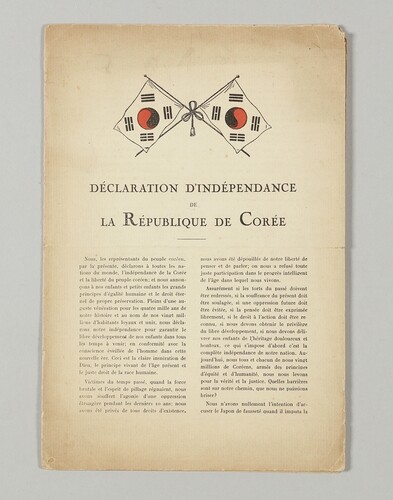 |
| ▲ This photo provided by the Korea Heritage Service (KHS) shows the independence declaration among the national registered cultural heritage "Materials related to independence activist Seo Young-hae." (PHOTO NOT FOR SALE) (Yonhap) |
(C) Yonhap News Agency. All Rights Reserved














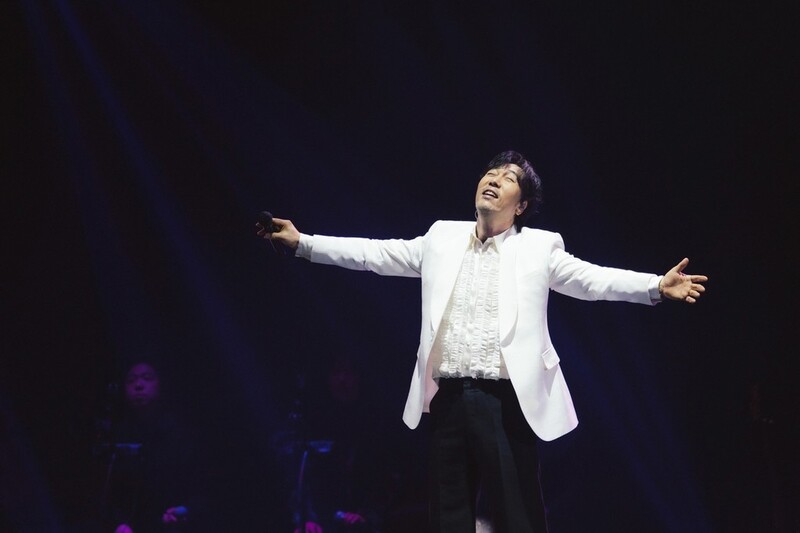
![[가요소식] 데이식스, 겨울 시즌송 '러빙 더 크리스마스' 발매](https://korean-vibe.com/news/data/20251215/yna1065624915955227_669.jpg)


